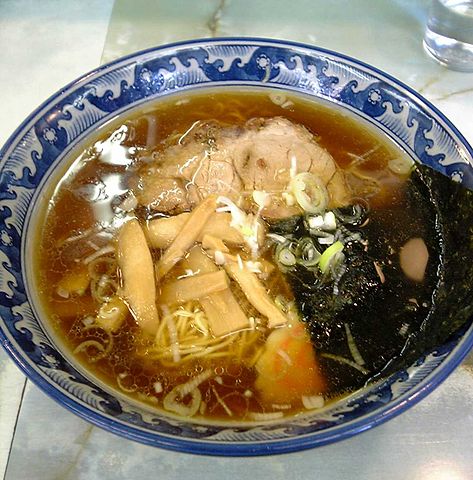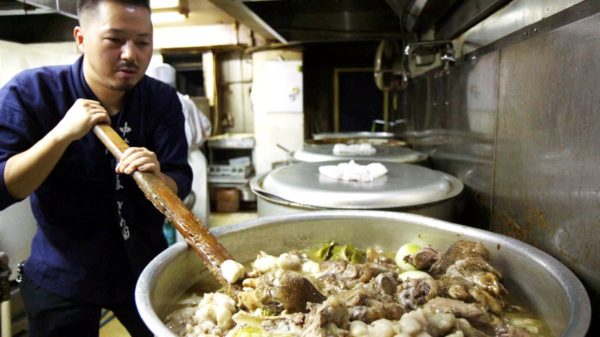Another name for Japan, in case you’re interested, is Ramen Nation. This refers to the craving Japanese people have for ramen, an iconic soup made of broth, garnished with noodles and topped with ingredients such as vegetables, seaweed, bamboo shoots, dried fish, a hard-boiled egg, chicken or pork.
Ramen was supposedly brought to Japan by the Chinese about a century ago, but attained immense popularity only after World War II. Cheap and deeply satisfying, it was the ultimate fast food.

Koki Shigeno’s film, Ramen Heads, a paean to a simple and wonderful dish, will be screened at the Canadian International Documentary Festival (Hot Docs) in Toronto on May 4, 5 and 6.
Shigeno focuses on Japan’s king of ramen, Osamu Tomita, a chef who’s considered one of its masters. He presides over a 10-seat restaurant where reservations are absolutely necessary. Patrons form lines early in the morning to enjoy one of his hand-crafted dishes, renowned for their refined, delicate flavors.
To his legion of customers, ramen is something special, embodying an experience of total comfort. They engage deeply with their bowls, slurping noodles without uttering a word. As one regular says, ramen stirs the emotions and exists perfectly in the moment.
Tomita, an intense man, arrives at his shop at 10 a.m. By then, vats of sludge-like broth are simmering nicely. His method is to blend three different kinds of broth to achieve an intensity of flavor. This is of the utmost importantance, since broth forms the basis of ramen. But noodles are really the main attraction, he says. Tomita makes his own, udon and soba, which are longer, thicker and smoother than most noodles and must pass the test of slurpability.
Having been an apprentice at a famous ramen house, he opened his shop ten years ago, attracting a loyal clientele and winning a raft of awards.
Shigeno cuts away from Tomita briefly to give viewers a capsule history of ramen in Japan and describe the different varieties. It’s a fascinating journey into a Japanese sub-culture.

Tomita is described as a perfectionist who won’t tolerate mediocrity from his workers. Strangely enough, he doesn’t actually teach them how to make ramen. He expects them to “steal” his ideas by means of careful observation and osmosis.
On his single day off, he doesn’t relax at home with his wife and children, but samples his competitors’ ramen, generously doling out compliments when warranted. Tomita has passed on his commitment to ramen to his son, who aspires to succeed his famous father.
On his tenth anniversary as a ramen shop owner, he persuades two famous chefs to join him behind his counter for a day. In ramen land, they’re the dream team. One customer is so thrilled that tears well up in his eyes.
It would appear that only in Japan can ramen bring on such deep-seated emotions.